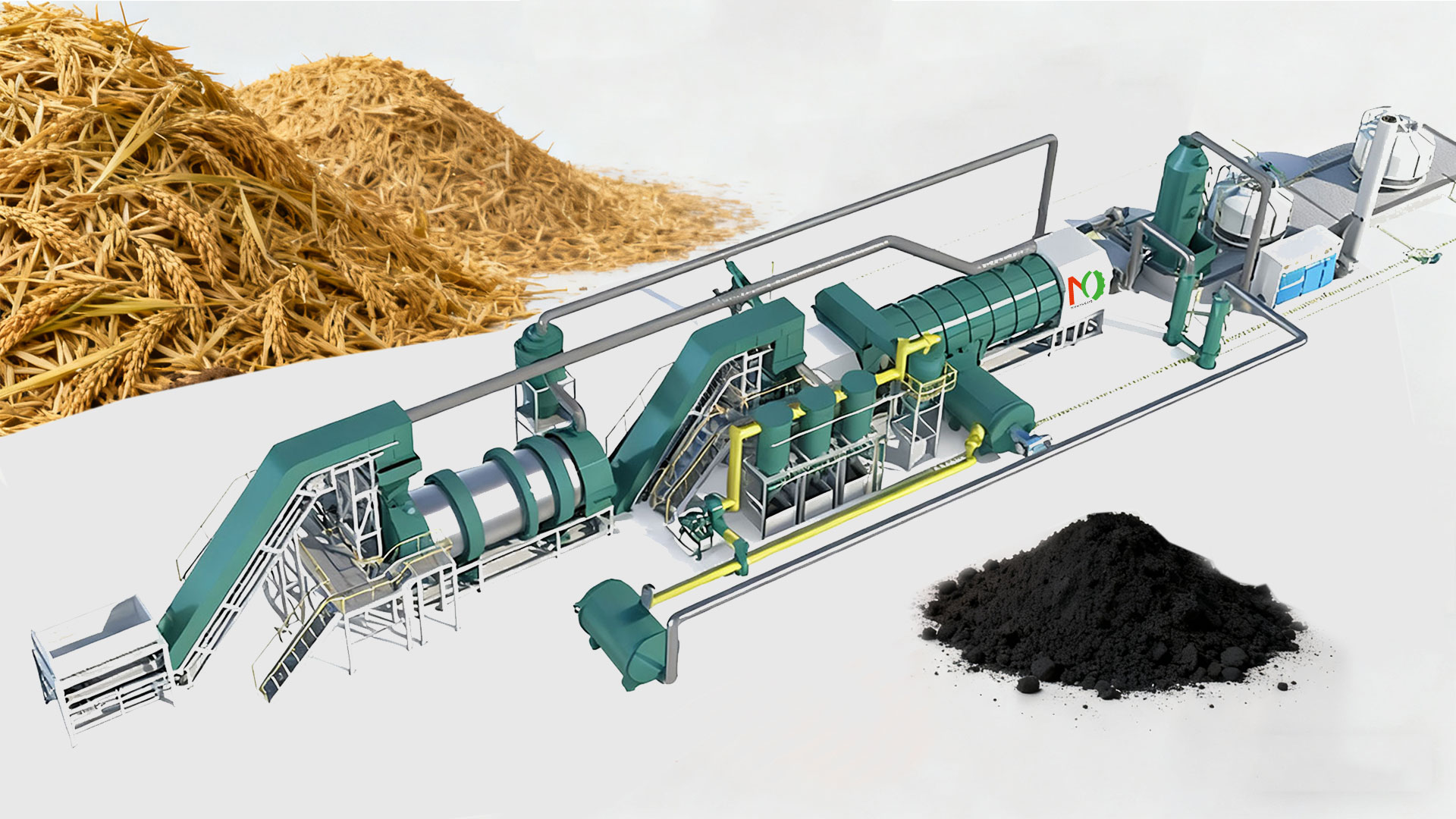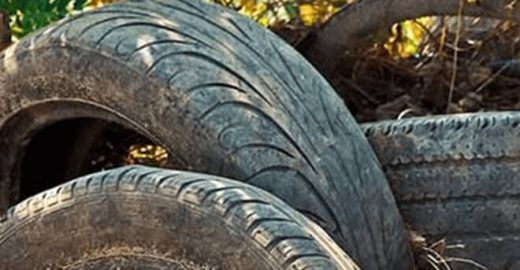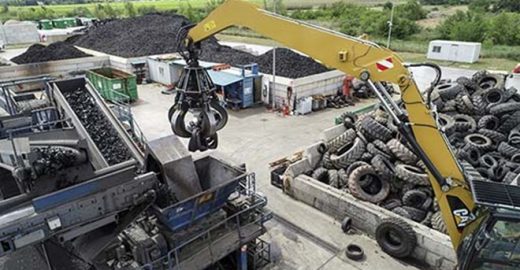Biochar possesses enormous carbon sequestration potential, which is key to its close link with carbon assets. Biochar project converts biomass into biochar under high-temperature, oxygen-deficient conditions. A significant portion of the carbon in this biochar becomes highly stable and difficult for microorganisms to decompose.
Biochar's carbon sequestration capabilities enable it to generate carbon credits. These carbon credits can be sold on carbon trading markets, bringing substantial economic benefits to businesses and project developers. In the international carbon market, carbon credits are an important form of carbon asset, representing a certain amount of greenhouse gas emission reductions.

Biochar is considered one of the most promising and uniquely valuable carbon assets. Unlike biocoal, which primarily relies on carbon substitution for emission reduction, the core value of biochar lies in its ability to achieve carbon removal or negative emissions. This is becoming increasingly valuable in the international community's pursuit of "net-zero emissions."
Unlike bio-coal, which primarily relies on carbon substitution for emission reduction, the core value of biochar lies in its ability to achieve carbon removal or negative emissions. This is becoming increasingly valuable in the international community's pursuit of "net-zero emissions."

The carbon assets generated by a qualified biochar project are the portion of carbon that is stably sequestered. The process is as follows:
Biomass pyrolysis projects achieve long-term carbon sequestration by converting agricultural and forestry waste into biochar and applying it to the soil. This also brings synergistic benefits, such as soil improvement and increased crop yields. These additional environmental and economic benefits further enhance the competitiveness of biochar projects in the carbon market, attracting more attention from investors and businesses.

An Australian general waste and tire recycling authoritative body turned to Environment Minister Sussan Ley in November last year with a request to prohibit whole bale tire…

Aliapur – a French end-of-life tire management authority – recently announced a call for applications to participate in a tender to renew end-of-life tire collection and recycling contacts for 2021–2024..